The Kairos Project has been up and running at Sioux Falls Seminary for two academic years. We are entering our third year, and students in the program account for nearly one-half of all the seminary’s master-level students. We have learned a lot over the past two years. As I shared last week, I am going to provide some updates on the results thus far, a few insights based on what we have learned, and a few thoughts on the next steps.
Today, I want to share some of the early results of the Kairos Project, with a specific focus on enrollment and reach.
Enrollment
Total enrollment at Sioux Falls Seminary has risen by 12% since 2013. Yes, this is good news since the trend for the “industry” of theological education has been decreasing enrollment. The more interesting enrollment statistic is that enrollment in our Master of Divinity (MDiv) program has risen by over 50% over that same period of time. In fact, enrollment in our MDiv program for the fall of 2016 was 92% higher than it was ten years ago.
This dramatic rise in Master of Divinity enrollment at Sioux Falls Seminary is noteworthy not because of the high percentage change, but rather because Master of Divinity enrollment is declining at a rapid pace across all of theological education. A common phrase heard at gatherings for seminary leaders is that the Master of Divinity is a dying degree because students want something different. To be honest, that phrase has always bothered me a little. Not because I think the MDiv is the world’s best degree but because it seems to disregard the fact that many people were still interested in the degree. They just weren’t enrolling. Clayton Christensen, a leading voice on innovation, refers to this as “non-consumption.” When an organization finds proof of non-consumption, it also finds an opportunity for innovation.
In 2013, I wrote an article in which I pointed out the fact that the primary competition for seminaries was not other seminaries. It was, in fact, that many people were choosing not to attend seminary. That article was built on the idea of non-consumption and provided some proof for it. In essence, people were not enrolling in the Master of Divinity because they didn’t want to pay $40,000 for a degree that took four years, was hard to access, and seemed to have little relevance to their ministry contexts. The degree wasn’t the problem. The options for pursuing the degree were the problem.
Since then, many schools have worked to create new educational models that address this issue. Sioux Falls Seminary is but one example of this reality. Obviously, I cannot speak for the results of other schools, but at Sioux Falls Seminary the results have been very positive.
Every week, we have prospective students tell us that the Kairos Project is the only model of theological education they could pursue. One student mentioned that she’d felt called to seminary for many years but that she had given up hope because the traditional model would never fit her life as a mother, a wife, and a professional. By bringing together life, ministry, and education into an integrated process, she was finally able to pursue God’s call on her life. She went from being the poster child for non-consumption to a student enrolled in a Master of Divinity program at an accredited seminary.
Reach
Stories like hers are now a common occurrence at Sioux Falls Seminary. What’s more, we are learning this is a felt need not only in “white suburbia” but also in rural settings, urban settings, and even around the world. Through the Kairos Project, the seminary has expanded its reach in dramatic ways. We went from having students from about five different states that surround the school to having students from five different countries, three different continents, and over 12 different states. Pretty soon that number will expand to include a new continent and several countries. While this kind of reach is normal for some seminaries, it is highly uncommon for a seminary like Sioux Falls Seminary.
To put it simply, this model of education seems to have touched on a need that is present throughout the global church. We have denominational leaders that want to work with us to serve their churches, foreign mission agencies that see the Kairos Project as the perfect opportunity to develop pastors in their networks, and the list could go on.
<3>Hold Your Horses
I could go on about how the Kairos Project has positively impacted enrollment and our reach at Sioux Falls Seminary, how it serves women and men, local and non-local students, and much more. At the same time, however, it has taught us a little about how marketing and enrollment work together and how enrollment is always going to be a challenge when we are dealing with theological education. I’ll save those insights for an article that will be published in a few weeks.
Next week, we will look at the early results related to curriculum, assessment, and operational efficiency.







